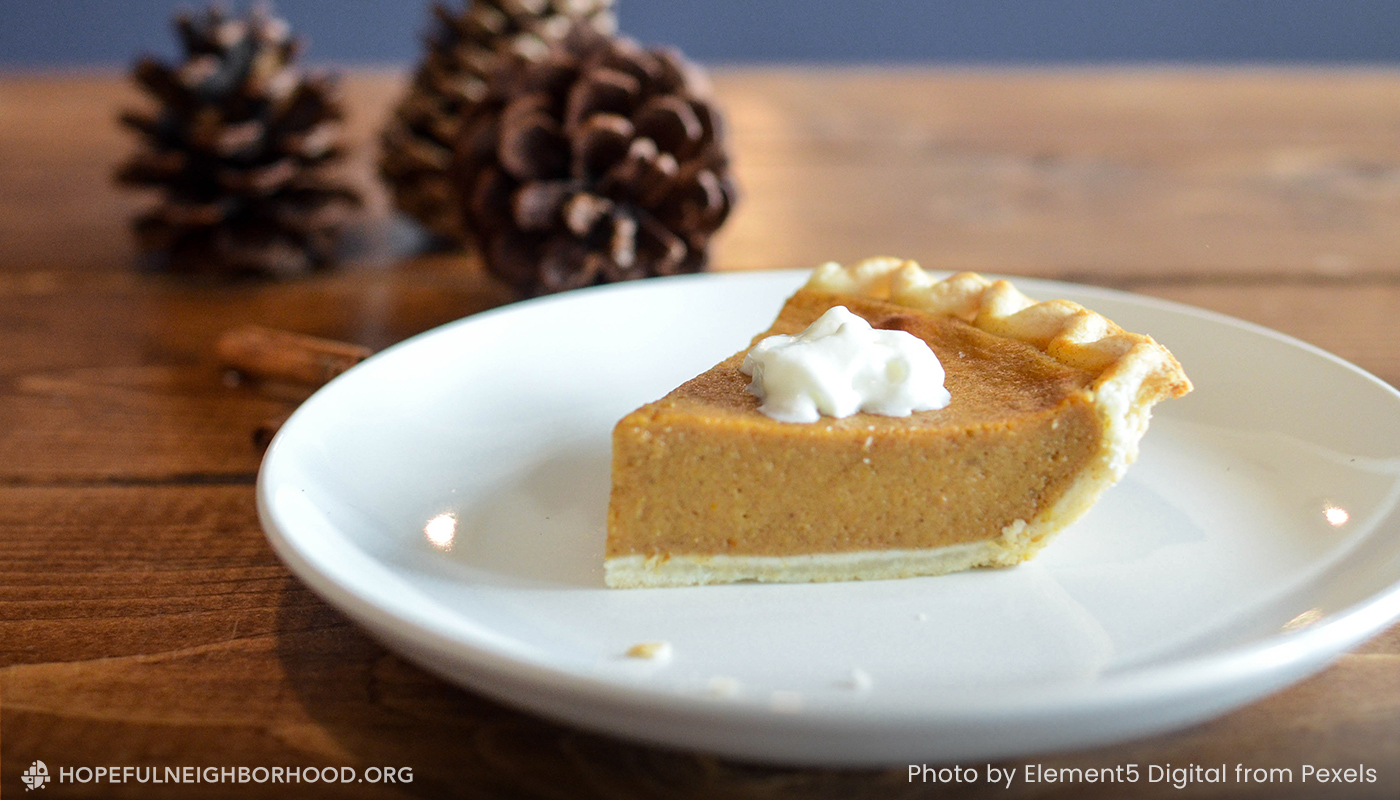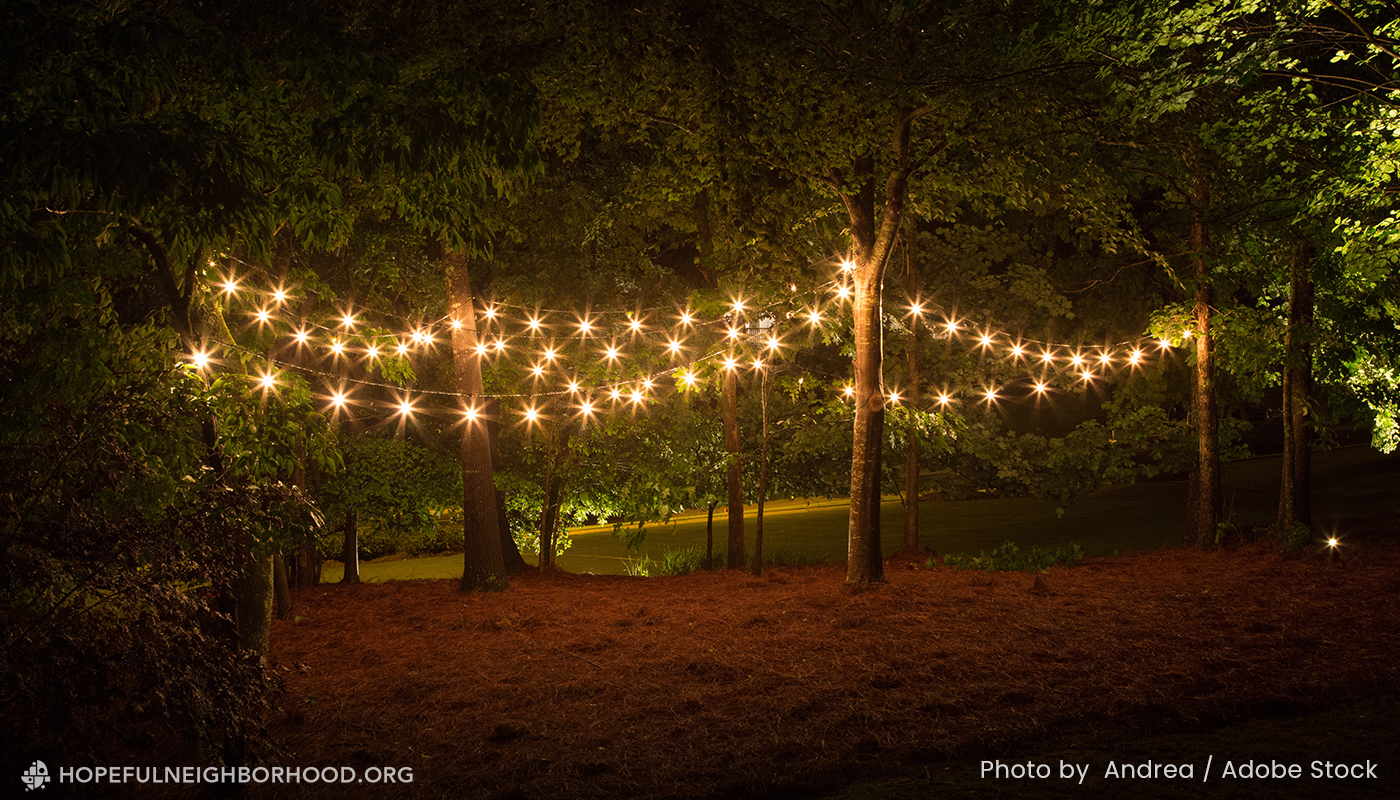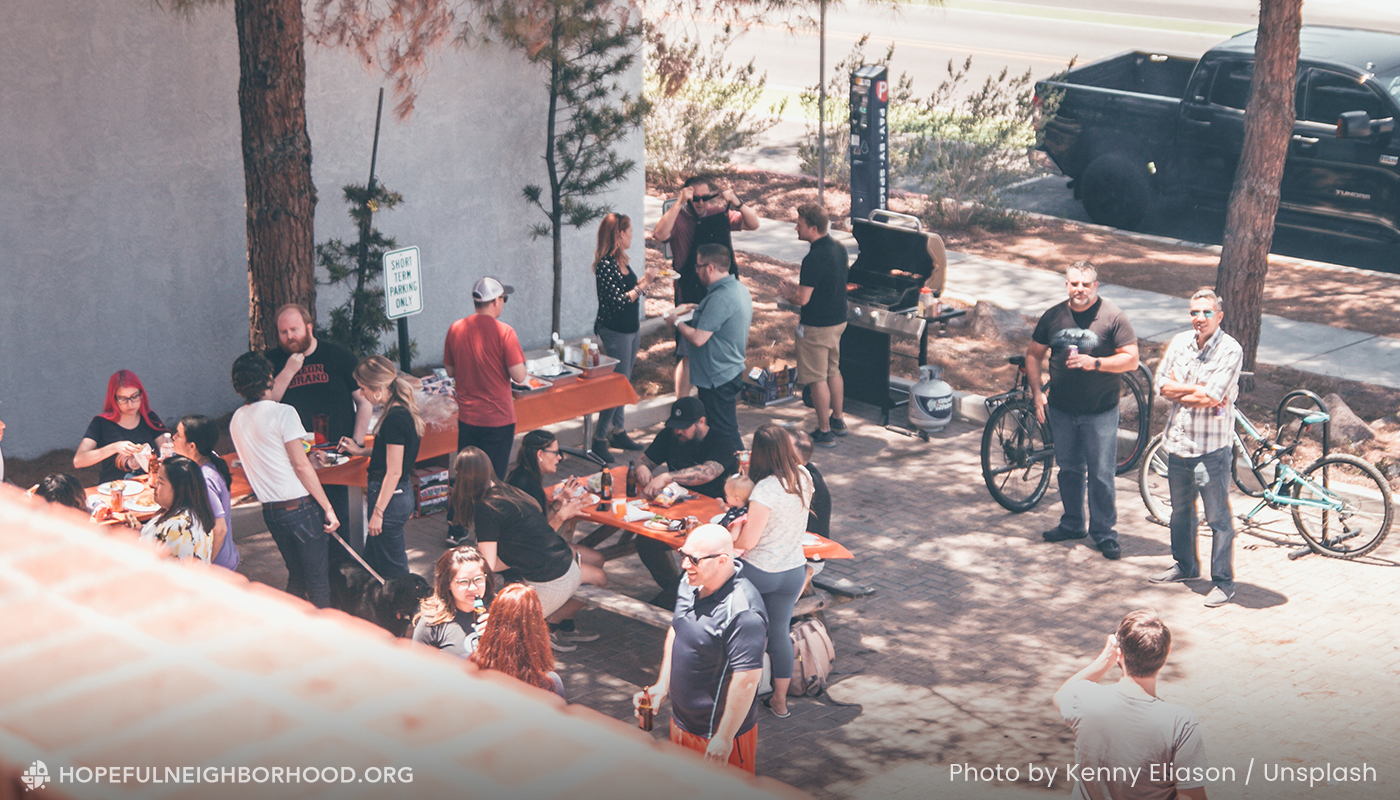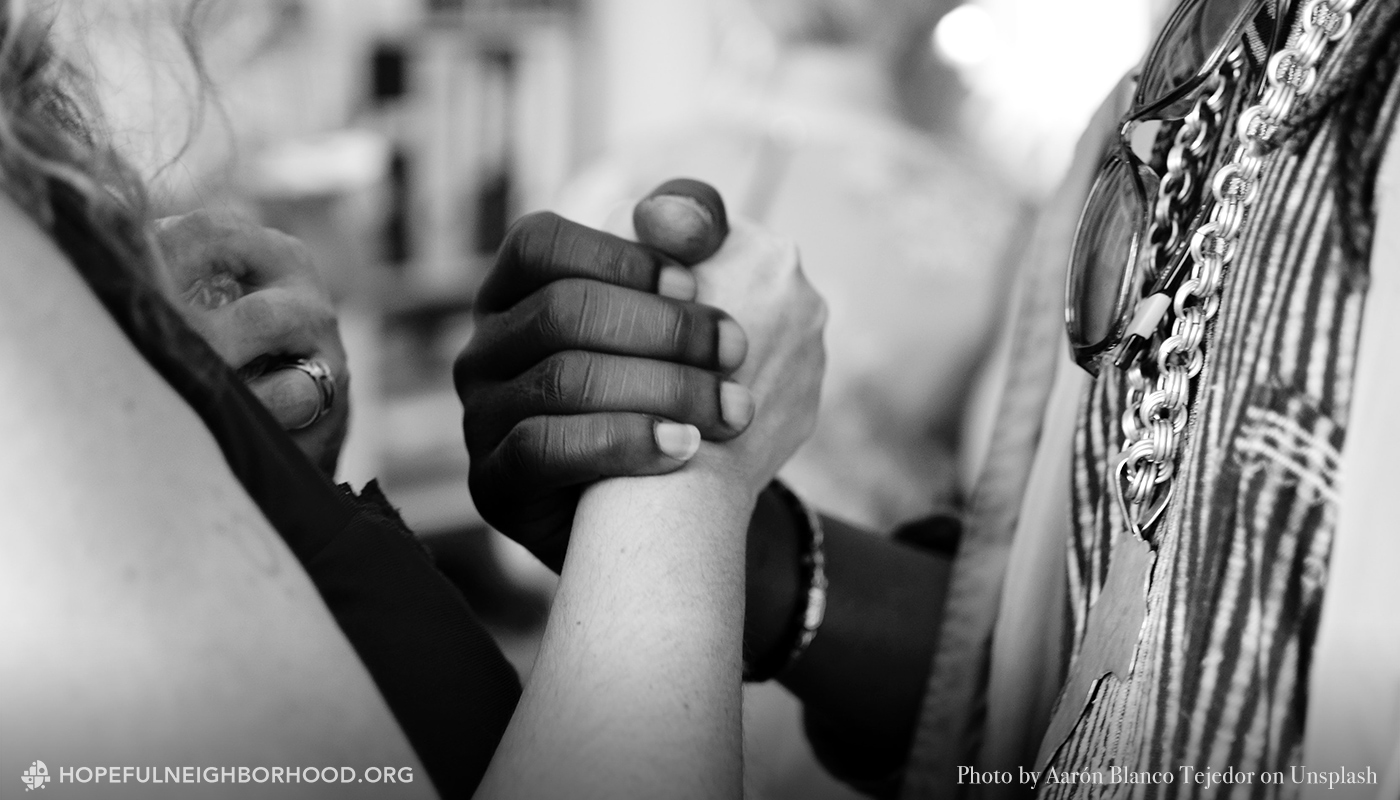In my neighborhood in Minneapolis, we’ve learned firsthand the transformative power of a community garden. They bring people together who might normally not find one other. They create public space in the open that is inviting. They provide neutral territory for folks to feel comfortable and gather. While out on family strolls, walking their dogs, going home from the bus, or out for an evening jog, people will happen upon the garden and those who are there tending it. Gardens are slow spaces that stand in glorious contrast to the hustle of our culture. Food and flowers grow on their own time, often stretching over months, not days. They invite us to remember to slow down, to rest and reset. And when we learn to move a bit slower, our neighbors appear—and there we are, engaging in conversations and getting to know one another.
I deeply believe that community gardens are a critical piece in building stronger neighborhoods with more connected neighbors. And they can be started just about anywhere.
Roughly ten years ago a tornado hit our neighborhood. While not even close to one of the deadliest storms we have seen, this particular tornado did wipe out many homes, displacing families, and leaving hundreds of empty city lots. Burdened with a recession and lack of resources, these lots stayed empty. The City of Minneapolis decided to open many of these lots up for neighbors to rent and create gardens for the low cost of $1 per year.
The house directly next door to us met the fate of this tornado, but just two years later it was available for the community to create a garden.
I remember how deeply unprepared I was to start this scale of a project. I wasn’t a gardener, nor was my family who I grew up with. But there was interest. Neighbors were talking about how it could be good for the block. It was in a high-traffic area that was close to the park and along a bus route. Didn’t folks need better access to healthy food?
And so we started, but we started small. We didn’t turn the whole lot over for growing, only a section of it. Then every year with more participation, the garden grew a little bit bigger. We planted hearty plants that could withstand the heat. We asked neighbors what they wanted to harvest and then asked for seeds and seedlings. Our core team joined garden Facebook groups to access free and extra seedlings. We joined the Minnesota State Horticultural Society for seed and plant distributions.
With no budget to speak of, we asked folks for donations and created a space that is truly reflective of the neighborhood we live in. We only grow and expand with what is possible with the resources we have.
We have neighbors who are interested in pollinator plants, so we transformed the boulevard into a bee and butterfly habitat. Someone was getting rid of a shed, so we were able to move it to our location. This allowed us to accept more tools and create a more permanent presence.
We deemed our garden a “Growing and Gathering” space when we discovered that what folks wanted most was a place to be with one another. Here now was a space where we could host bonfires, movies, potlucks, and storytelling events. And while our bodies need fresh food, our spirits deeply craved connection. Gardens have a way of creating positive reasons for people to come together.
The biggest lesson the garden has taught us as a community is to not force the creation or the outcome of what it will be. Allowing for the authentic growth of what is possible should be the leading force. Otherwise, it is a small group of people forcing a project on the community it didn’t ask for.
The Story Garden is our neighborhood garden that has become a place of peace, of hope, and of fresh food. Every year the planting looks a little different depending on what seeds we have available to us. Our garden is an “Open to All” garden and not a paid plot garden. We have noticed that everyone needs the garden for different reasons. Some use it as a place for prayer while they weed. Others meet and host bonfires. Still others weed the garden as their AA meditation time. And still others need the harvest. By holding to the only rule “Respect: yourself, the garden, and each other,” it has allowed everyone to naturally find their place in the garden.
The greatest lesson learned in starting a Community Garden was to simply just begin. You don’t have to have all the answers or all the tools, just begin. Start small, get in the dirt, and allow it to tell you what it needs. Together, you won’t believe what you end up creating—and it starts with the first step.




Hi, I’m 5th grade Tyrell, and we are doing a project on community gardens. This article was a lot of help. Thanks.
Hi, I’m 5th grade Tyrell, and we are doing a project on community gardens. This article was a lot of help. Thanks. If I didn’t have it, I wouldn’t have gotten this A.